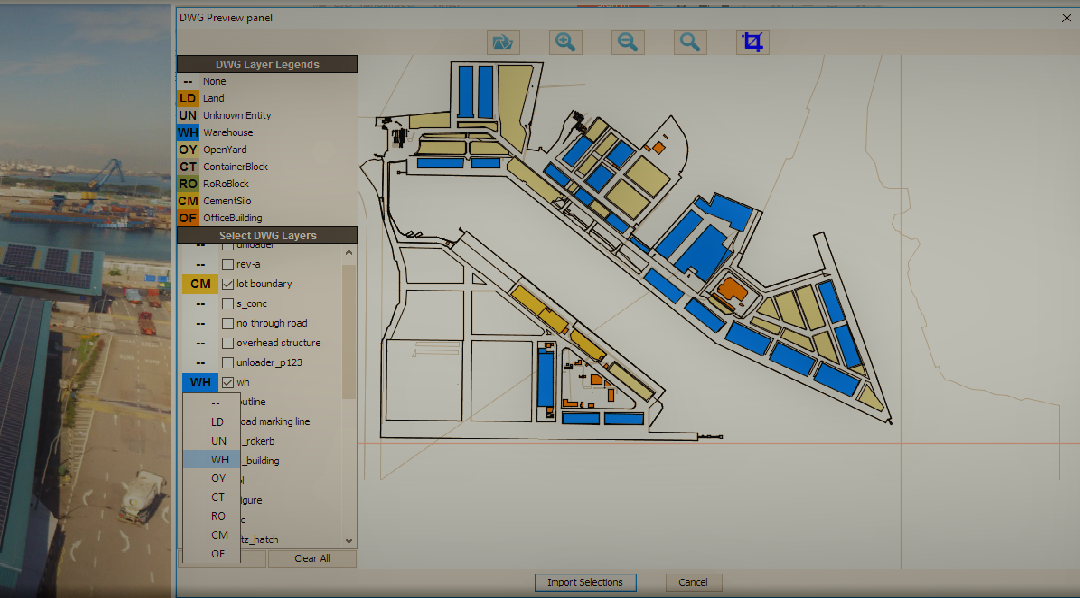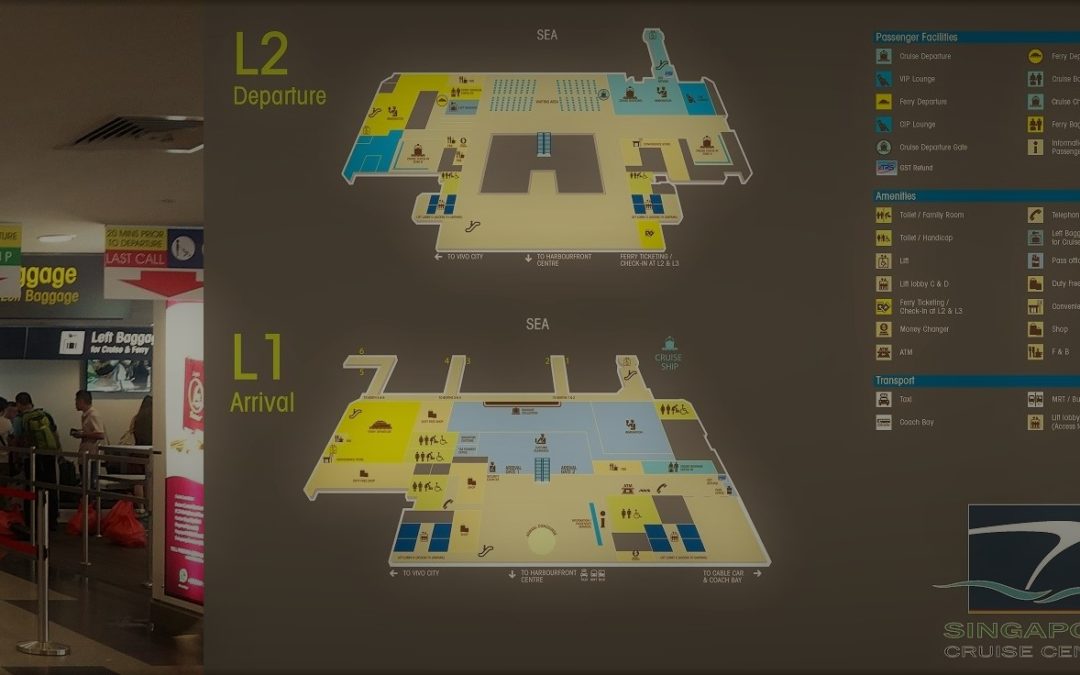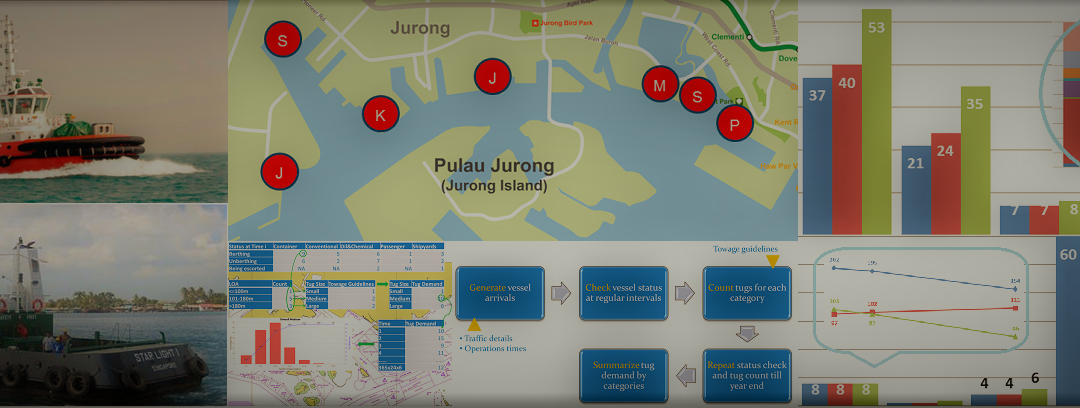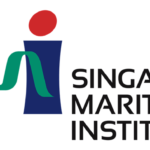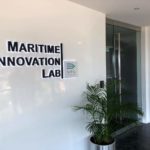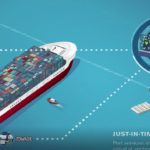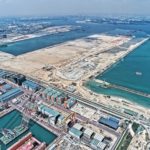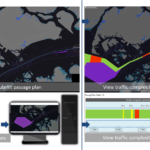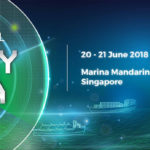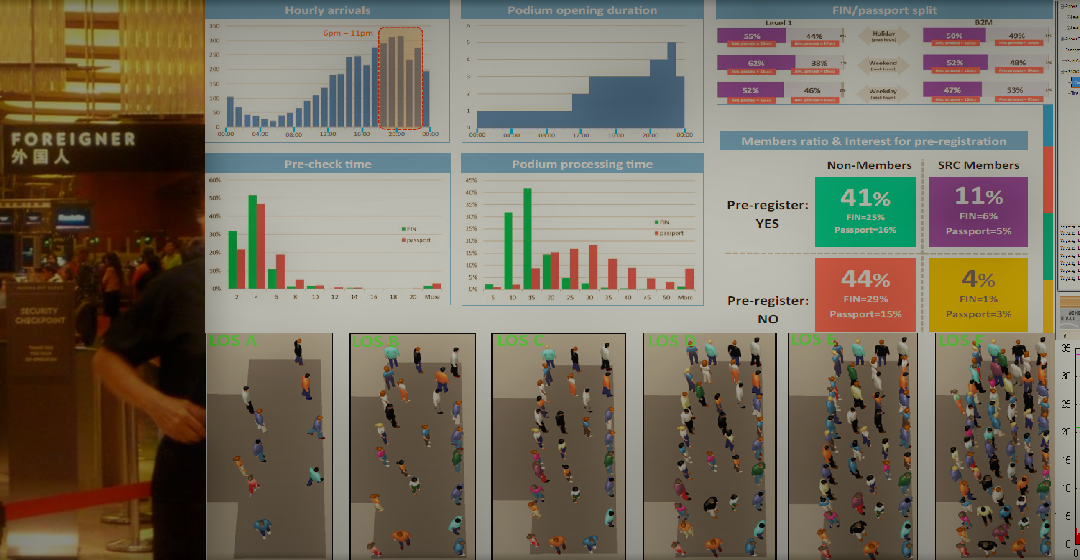
Faster security check for greater customer experience
Faster security check for greater customer experience
for Marina Bay Sands
The Challenge
Patrons visit Marina Bay Sands (MBS) from various points of entry across several floors, creating peak traffic at different locations during different periods of time every day. When the patron flows merge at its casino entrances for security check, queues will form and sometimes require extra manpower to manage the situation. MBS faces the challenge of achieving greater customer experience at all time.
The Solution
As a preparatory step, MBS engaged traffic consultants to conduct surveys and understand the distribution of patrons and handling rates at the security check counters. The survey results were used as inputs to a detailed patron flow simulation model built with our Passenger Traffic Simulation (PTS) system, for the assessment of temporal and spatio conditions at the casino entrances under different scenarios. Recommendations on physical infrastructure, staffing levels, and processes were made based on the simulation findings, which would result in improvement by 11% to 70%, through predicting peaks and proactively assigning adequate staff and facilities.

